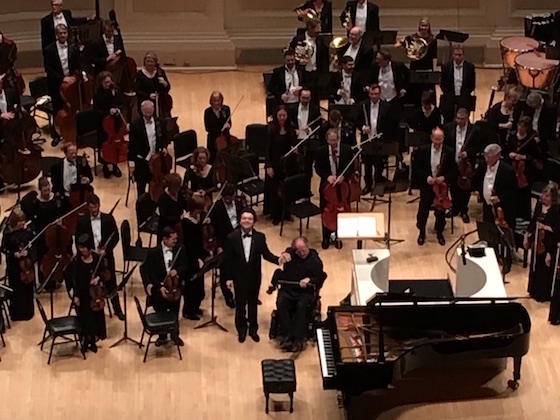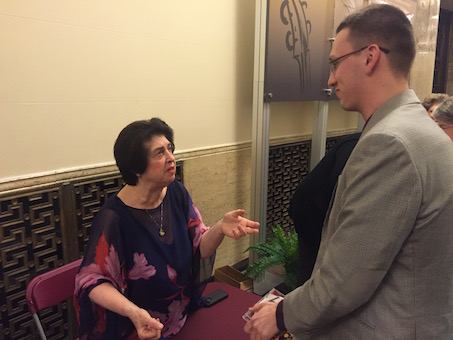If you have recently attended a classical concert with a themed program, you have probably noticed similarities in musical style or most evidently the composers’ nationalities. Upon closer look at two recent concerts I attended, I also noticed strong connections in the origin stories of each work.
I was thrilled to hear Evgeny Kissin perform the Rachmaninoff second piano concerto with the MET Orchestra under the lead of Maestro James Levine this past week. Sergei Rachmaninoff wrote his second concerto as a continuing healing effort to overcome writer’s block and performance insecurities. He premiered the work in 1901 to great acclaim and even dedicated the work to his therapist. (Extracted from Carnegie Hall Playbill, May 2016, David Hamilton).
“With the Second Piano Concerto, Rachmaninoff’s compositional block was lifted at last, and the score is dedicated, with eloquent simplicity, ‘To Monsieur N. Dahl,’ the composer’s hypnotherapist.” (Playbill 2016)

The concert also included Tchaikovsky’s “Pathétique” Symphony No. 6 in b minor. Pyotr Ilyich Tchaikovsky was also struggling with uncertainty and doubt in his work, even contemplating destroying parts of the symphony. However, scholars feel this work is one of his most honest compositional efforts, as Tchaikovsky preserves the despair and turmoil he was enduring at the end of his life. The symphony premiered in 1893, the same year of his death. (Extracted from Carnegie Hall Playbill, May 2016, Jack Sullivan).
“Part of the power of the ‘Pathétique’ comes from Tchaikovsky’s decision to conclude the work not with a desperate life-affirmation, as he’d done in his two previous symphonies, but with defeat and resignation, a completion of the tragic gesture rather than a defiance of it.” (Playbill 2016)
The previous week, my family and I had seen Ann Schein perform Rachmaninoff’s third piano concerto. Rachmaninoff composed and premiered this piece in 1909 for his tour to the United States. This Harrisburg Symphony concert also featured Dmitri Kabalevsky’s The Comedians, written in 1938 for a play at the Central Children’s Theater in Moscow, which was also the venue for Prokofiev’s Peter and the Wolf. In addition, the symphony performed Dmitri Shostakovich’s Symphony in f minor, written in 1925 as a graduation project at the Leningrad Conservatory. Shostakovich had been playing the piano in a movie house the year before, as film music was on the rise in the early 20th century. (Extracted from Harrisburg Symphony Orchestra Playbill, May 2016).

Not only was it eye-opening to learn how similar a context these pieces played in the lives of their creators, but it was also inspiring to hear such a high caliber of playing from the symphonies and soloists. This is not the first time Evgeny Kissin and Ann Schein have performed these amazing works, and it will not be the last. Performances are in a way a snapshot in time of the pianist’s current take on a piece and culmination of years of ideas and experience. Learning repertoire and even playing a musical instrument can be so enticing because it is such a open-ended pursuit. We can never be “finished” with a piece, as there is so much to learn and refine. Today when we think about great composers like Rachmaninoff and Tchaikovsky, we cannot forget the struggles they endured through their lives and artistic pursuits. At some point, these composers took the final plunge and published these massive works for all to hear and judge.